
Background information
Tips for your strawberry garden (and your first vegetables)
by Andrea Rothenberger

August is when summer shows its true colours. Gardens blossom and are a hive of activity for wildlife. So come on, gardeners, it’s time to roll up your sleeves and set your green fingers to work.
In August you’re probably already kept busy enough with harvesting and upkeep. But you can still plan ahead. For example, it’s worth taking out the compost at this time of year. In late summer and autumn, you end up with lots of cutting waste that you can refill your compost with.
You also have to think about what you want to do with the harvested beds. Leave them empty or use them for green manure? Or maybe you want to grow some more lettuce there.

Water
In August as in July, the most important job is keeping the beds watered. During the second hottest month of the year, your plants will be relieved if they don’t have to go thirsty. This doesn’t mean you have to water them every day. As a rule of thumb, once a week is enough. But you should still go through the garden regularly and give those areas that don’t see much rain a helping hand.
Even weeds bear fruit
It isn’t just crops that bear fruit these days. There are a number of overlooked and tolerated weeds whose seeds mature. Vetches, grasses and bearbind reproduce at this time of year. With its white, bell-mouthed petals, even bearbind is an eye-catcher. It spreads incredibly quickly and overruns everything when given half a chance. Our tip: Remove any plants you don’t want before they can take up root.
Collecting seeds
As far as seeds are concerned, August is a good month to harvest seeds from your plants so you can sow them again next year. This works particularly well with flowers and a number of vegetables. You can even grow tomatoes from seeds. The best time to collect seeds is on a dry day so that they stay dry and you prevent them getting mouldy. Once you’ve collected your seeds, store them in an envelope until you want to use them. Don’t forget to label the envelope to remind you exactly what the seeds are. It’s also a good idea to write the date, as seeds aren’t germinable forever. If you store them in a dry, not overly warm place then they should last for up to three or four years. After that point, germination is affected in most plants, and the seeds are less likely to grow. If the seeds get wet, you can dispose of them or sow them straightaway.
However, there is one type of seed you can’t harvest and that is the seed from hybrids and modified plants. This includes plants that were specially crossbred or cultured for a particularly large crop or for certain characteristics. The resulting seeds often produce wild plants that yield little or no fruit. One example of this is fruit trees. They rarely produce enough fruit if they haven’t been modified.
As for vegetables, it is not worth collecting seeds if they come from F1 hybrids (check the seed packaging to find out if this is the case). F1 means the first generation of the hybrid. These seeds are particularly susceptible to mutation or reversion. It is unlikely you will be able to keep all the hybrid characteristics.
You have to be extra careful with pumpkins, courgettes and cucumbers. The seeds from these plants are often bitter and poisonous. The cucurbitacin compound they contain can cause anything from stomach pain to headaches and a racing heart. This is why I recommend only growing these plants from seeds you have bought.
Using fertiliser
Don’t forget to use fertiliser on your plants regularly. You can give heavy feeders such as tomatoes fertiliser every week. Funnily enough, I know people who don’t want to put any fertiliser on their tomatoes. Their reasoning is fertiliser is full of chemicals and they want to keep everything organic. It’s nonsense. If you think fertiliser is some kind of chemical then, by that token, so is H2O. All plants need fertiliser as a form of food. After all, people and animals need more than just water to survive.
The most common question you hear is, of course, how often do you have to use fertiliser and what is the best type? Unfortunately there isn’t a hard and fast answer. It depends on the ground, the plants and the location. In fact, it is the location that is decisive factor. For example, in a dry spot in the shade, you’ll need much less fertiliser than for the same plants in a more sunny area.
What you need to be aware of is the choice you have between organic and mineral fertiliser. The organic kind could be horse manure, for example, while mineral fertiliser is artificially made and has to be diluted well.
As a rule of thumb, you just want to give plants the bare minimum amount of manure they need. In general,
NPK stands for nitrogen (N), phosphorous (P) and potassium (K). It provides a lot of plants with almost everything they need apart from water and light. There are also special types of fertiliser, such as rose fertiliser. Most of the time, the only difference is the varying quantities of N, P and K. You’ll find all this information on the back of the fertiliser packet. Sadly, there is no magic fertiliser that will make your plants grow tall in record time. All you can do is give each plant the right food in the right quantities while taking the location into consideration.
You will know if you’re not using enough fertiliser if you see stinted growth, few flowers, little or no fruit, greater susceptibility to pests and leaves that are pale or yellow rather than green.
Too much fertiliser deprives plants of water and ‘burns’ them. The telltale signs to look out for are brown edges on leaves, unnatural growth and leaves that roll up.
Here are my top four fertiliser tips:
As well as hoof and horn meal mentioned above, which slowly gives off nitrogen, there are other types of natural fertiliser. Chicken and horse manure, for instance, are excellent sources of phosphorous and are suitable for large vegetables. However, do be aware that it’s easy to use too much pungent chicken manure, which can then be harmful for the water. For a natural source of potassium, you can use ground primary rock. It admittedly doesn’t contain huge amounts of potassium, but this is what makes it safe. Primary rock is also the fertiliser of choice for fixing the climate in compost that is too damp.

Potted strawberry plants
Who doesn’t love strawberries? August is the perfect time to get yourself prepared for next year. You’ll bring in the richest harvest the following year when your crops have had time to grow into strong plants. Up until the end of August is a good time for strawberry plants to reproduce. Strawberries grow well in flower boxes and pots. All you need for collecting the seeds is a strong sucker from one of the existing plants. (Bear in mind that August is too late for sowing strawberries.) If you rely on pots, you can use hanging baskets or even flower boxes for stacking on terraces.
It is best to only have one plant per pot (or a few per box) so that growing isn’t disturbed. When you’re planting, make sure the earth is soft and the roots are just covered. If you place them too deep, the plant will invest too much energy in growing leaves. Once it is in the ground, all you need to do is give it a good water. Remember to use acidic fertiliser regularly.
Find out more about planting strawberries in Andrea’s article (in German):
In August, you can still plant these in your beds
In the places where you don’t intend to plant anything else, make sure you give the soil a bit of respite with green manure. An example of green manure that you have at hand is lamb’s lettuce.
To lengthen the season well into autumn, you can use a cold frame. A raised garden bed with the right cover also does the job.
Lawn care
Mowing the lawn regularly is a must for lawn care. In August, just make sure you don’t pick the nicest, hottest day for doing this, as the heat will damage the grass. If you don’t get a lot of clippings, you can leave them there as mulch. This stops the lawn from drying out too much and any weeds also block the light that makes grass grow. Before this step, you may want to thatch the lawn (again). August is a great time for doing this and touching up bare patches.
Andrea has more tips on lawn care throughout the year here:
Hedge care
It is a good idea to prune hedges and other screening plants again before the end of August. If you already pruned them in spring, you only need to trim them back now. This is a quick job, especially if you have electric hedge trimmers. It is worth trimming hedges regularly, as they respond with thick growth. However, don’t get the trimmers out on a hot day, otherwise the plants will dry out at the spots where they were sheared.
August is also a great time of year for pruning herbs like rosemary, lavender and sage. This stops the plants from lignifying too quickly. While you’re there, you can increase the size of your herbs by pulling off long, wooden-like strips and putting them in glasses of water. Herbs like lavender are fast to grow new roots so they can then be transferred to a little pot.

If you have a bird bath, make sure to clean it regularly. This stops birds spreading diseases amongst each other and avoids the build-up of algae. Another incentive is preventing the bird bath turning into a breeding ground for midges. In warm weather, mosquito larvae turn into pests within the space of two weeks. Giving the bird bath a weekly clean is a sure way to stop more midges buzzing around.
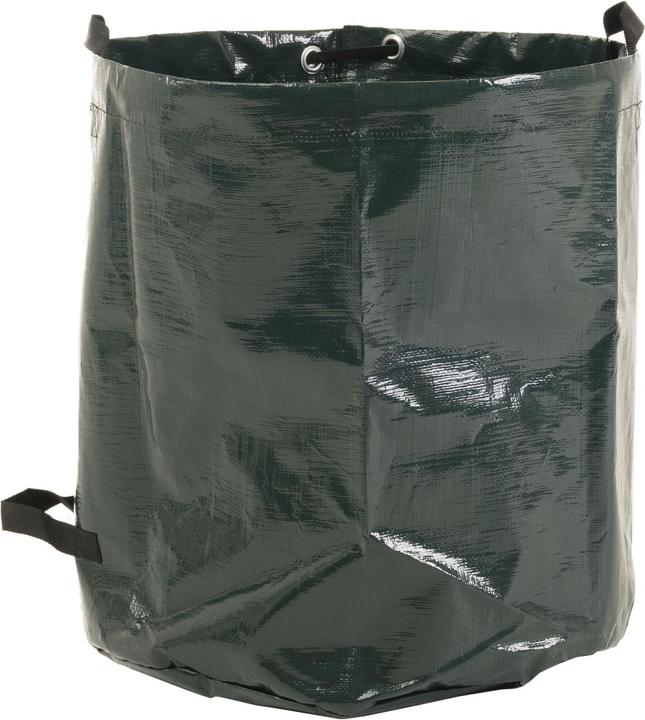
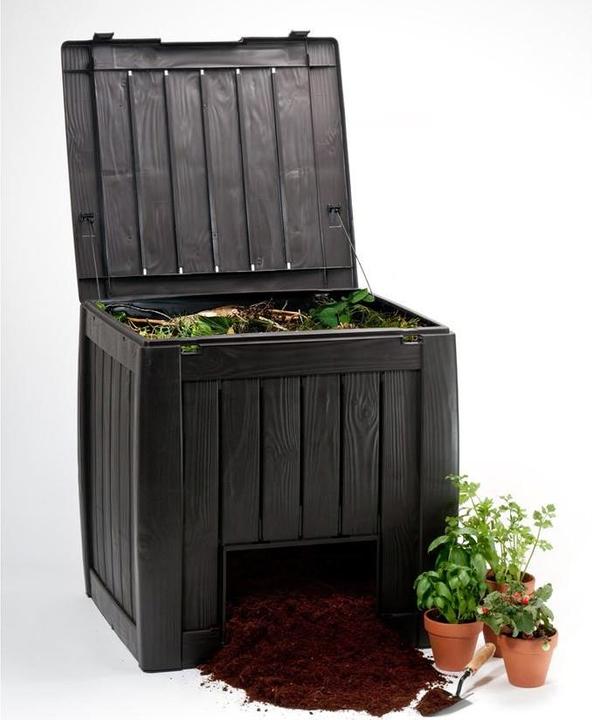
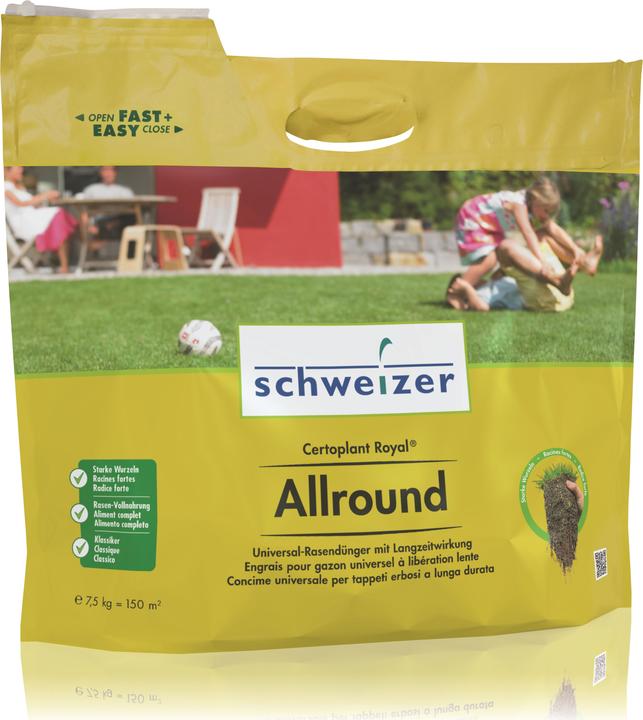
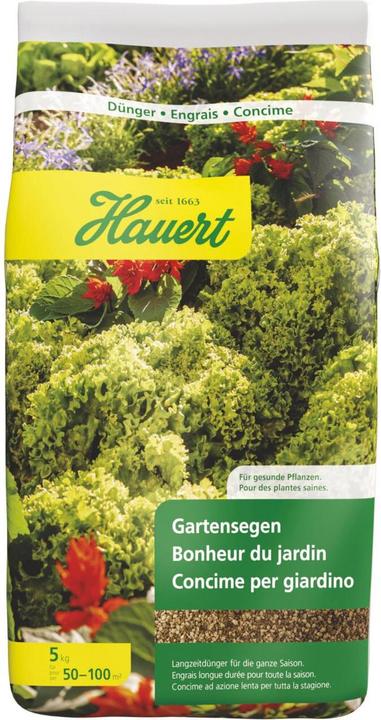
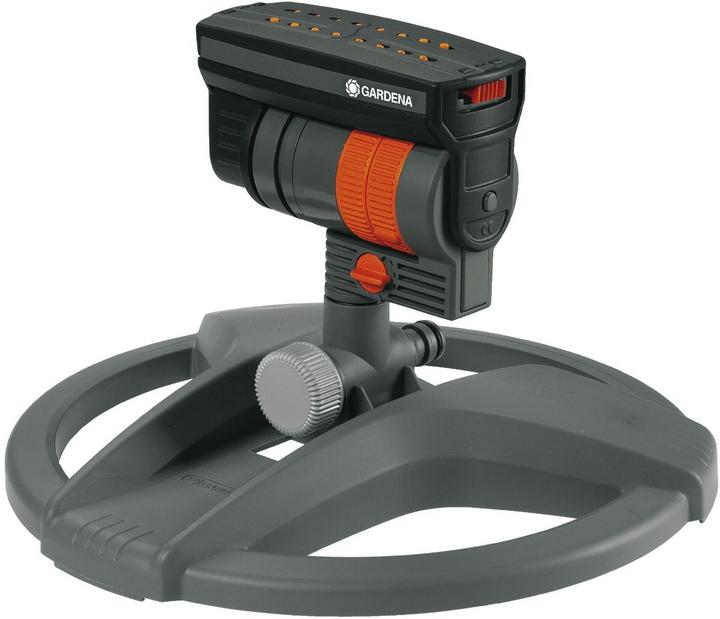
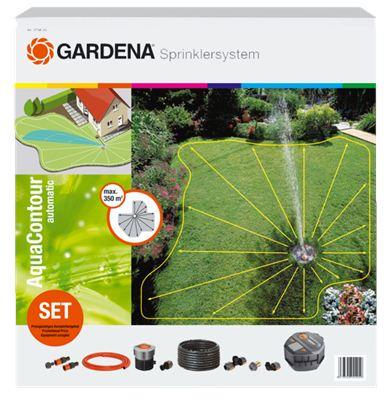
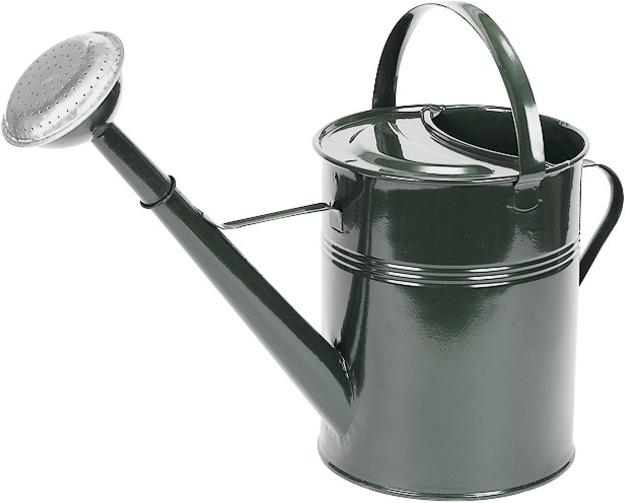
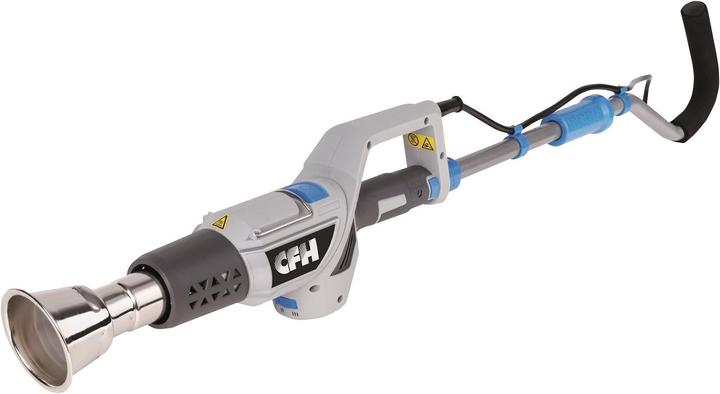


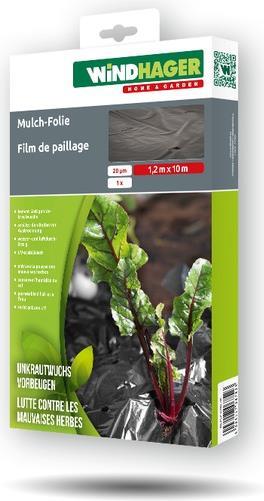
Windhager mulch film 10x1.2m
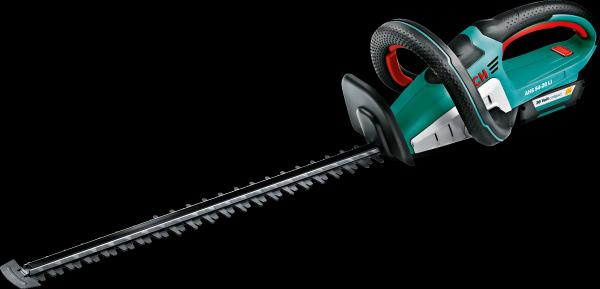
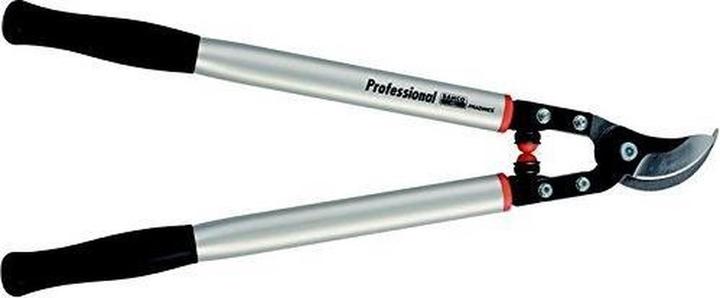

I'm the master tamer at the flea circus that is the editorial team, a nine-to-five writer and 24/7 dad. Technology, computers and hi-fi make me tick. On top of that, I’m a rain-or-shine cyclist and generally in a good mood.
Interesting facts about products, behind-the-scenes looks at manufacturers and deep-dives on interesting people.
Show all